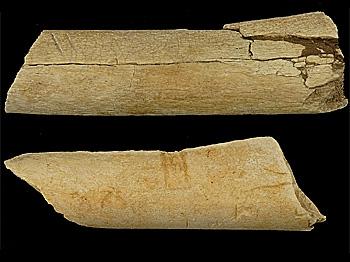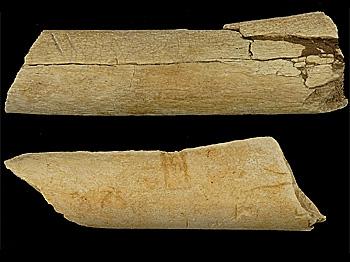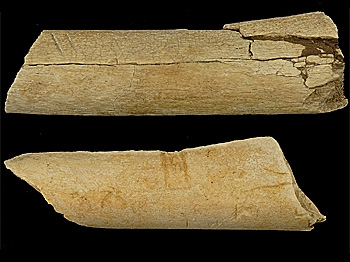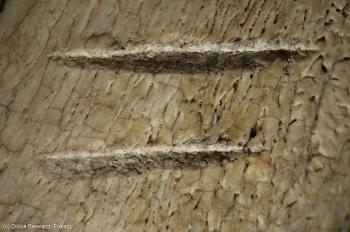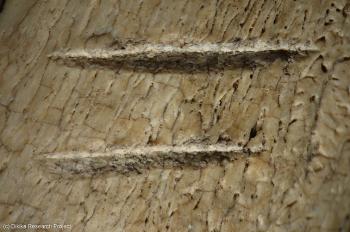A team of scientists from Germany, France, and the United States has found evidence that ancient humans 3.4 million years ago used stone tools to cut meat. This is nearly a million years earlier than previously known oldest evidence of stone tool use. Their findings were published in the journal Nature Aug. 12.
“This find will definitely force us to revise our text books,” Dr. Zeresenay Alemseged from the California Academy of Sciences said in a press release. “These developments had a huge impact on the story of humanity.”
In Ethiopia, the research team found mammal bones with marks that, after analysis, indicate that they were made from carving meat off the bones and breaking the bones to extract marrow. The shapes of the marks were like those created by stone cuts rather than tooth bites, and a small piece of rock was embedded in one of the cut marks.
“This find will definitely force us to revise our text books,” Dr. Zeresenay Alemseged from the California Academy of Sciences said in a press release. “These developments had a huge impact on the story of humanity.”
In Ethiopia, the research team found mammal bones with marks that, after analysis, indicate that they were made from carving meat off the bones and breaking the bones to extract marrow. The shapes of the marks were like those created by stone cuts rather than tooth bites, and a small piece of rock was embedded in one of the cut marks.
“Most of the marks have features that indicate without doubt that they were inflicted by stone tools,” Dr. Curtis Marean of Arizona State University said in a press release.
The researchers found that the cut marks were created before the bones fossilized, and the bones were found in sediments between volcanic deposits dated to 3.24 and 3.42 million years ago.
“We can very securely say that the bones were marked by stone tools between 3.42 and 3.24 million years ago, and that within this range, the date is most likely 3.4 million years ago,” said Dr. Jonathan Wynn, a geologist at the University of South Florida, in a press release.
Furthermore, the bones were found 200 meters (about 656 feet) away from where “Selam,” a skeleton discovered in 2000 thought to be of the species Australopithecus afarensis, was found.
The researchers found that the cut marks were created before the bones fossilized, and the bones were found in sediments between volcanic deposits dated to 3.24 and 3.42 million years ago.
“We can very securely say that the bones were marked by stone tools between 3.42 and 3.24 million years ago, and that within this range, the date is most likely 3.4 million years ago,” said Dr. Jonathan Wynn, a geologist at the University of South Florida, in a press release.
Furthermore, the bones were found 200 meters (about 656 feet) away from where “Selam,” a skeleton discovered in 2000 thought to be of the species Australopithecus afarensis, was found.
